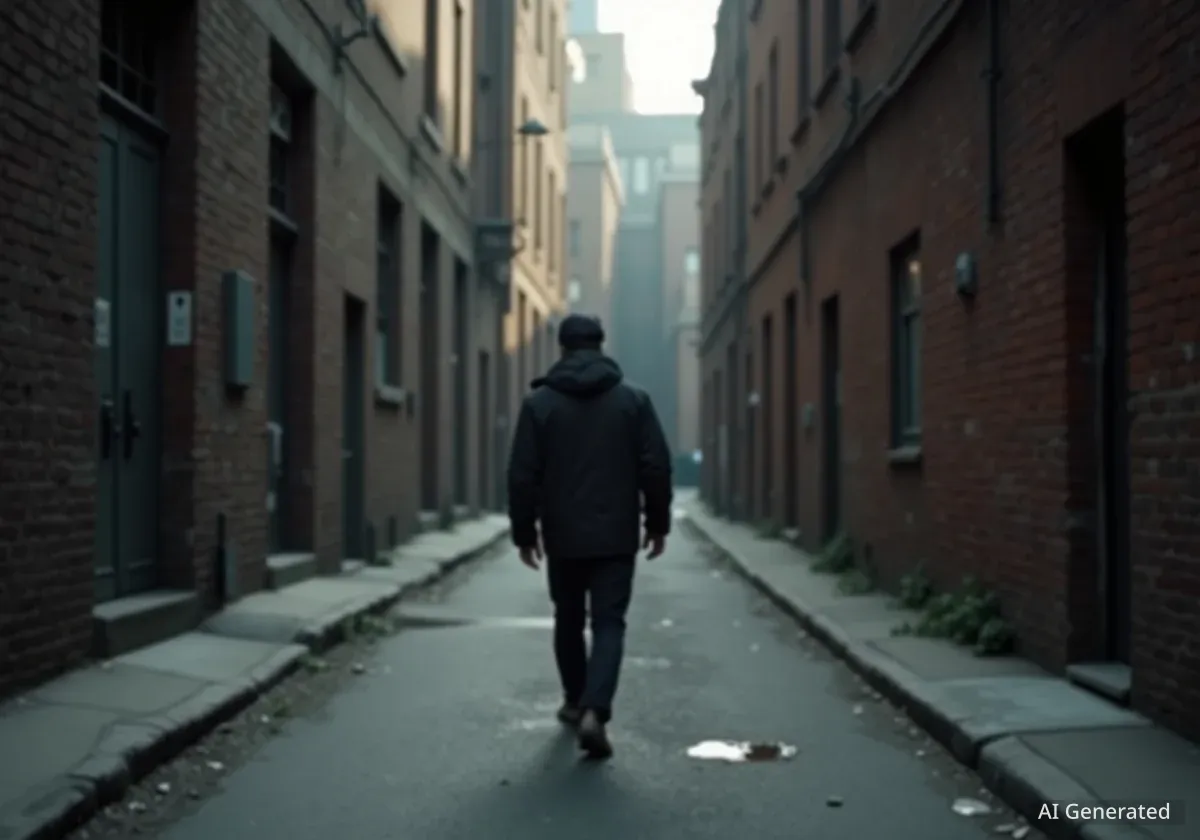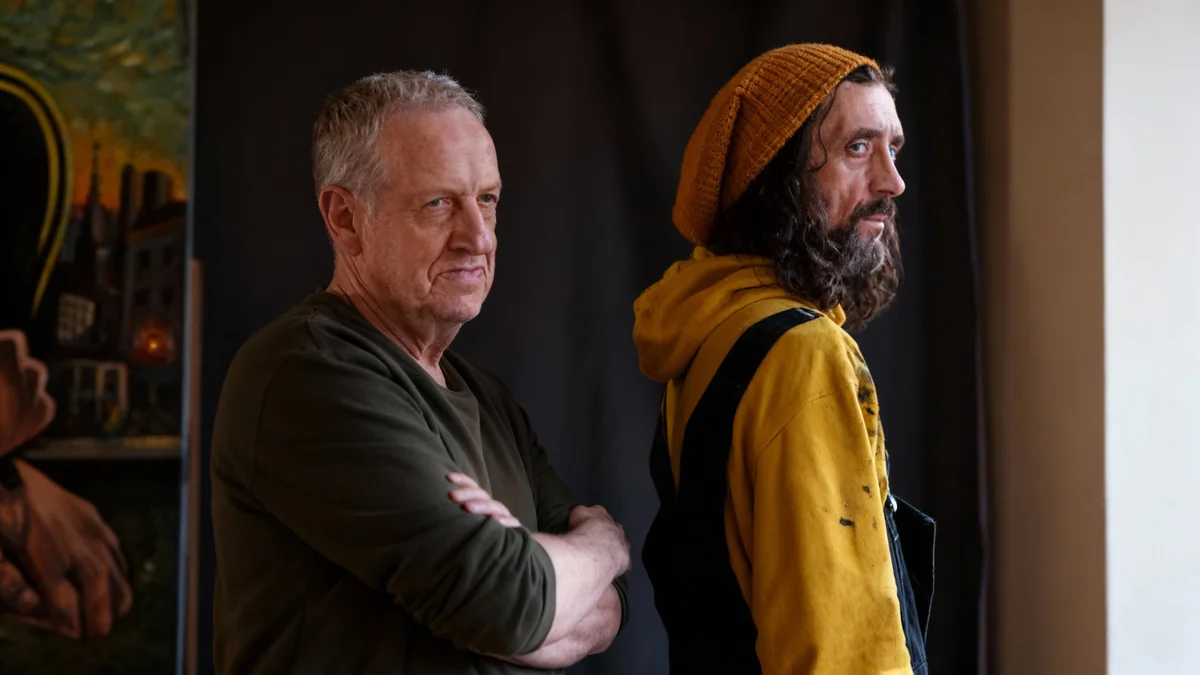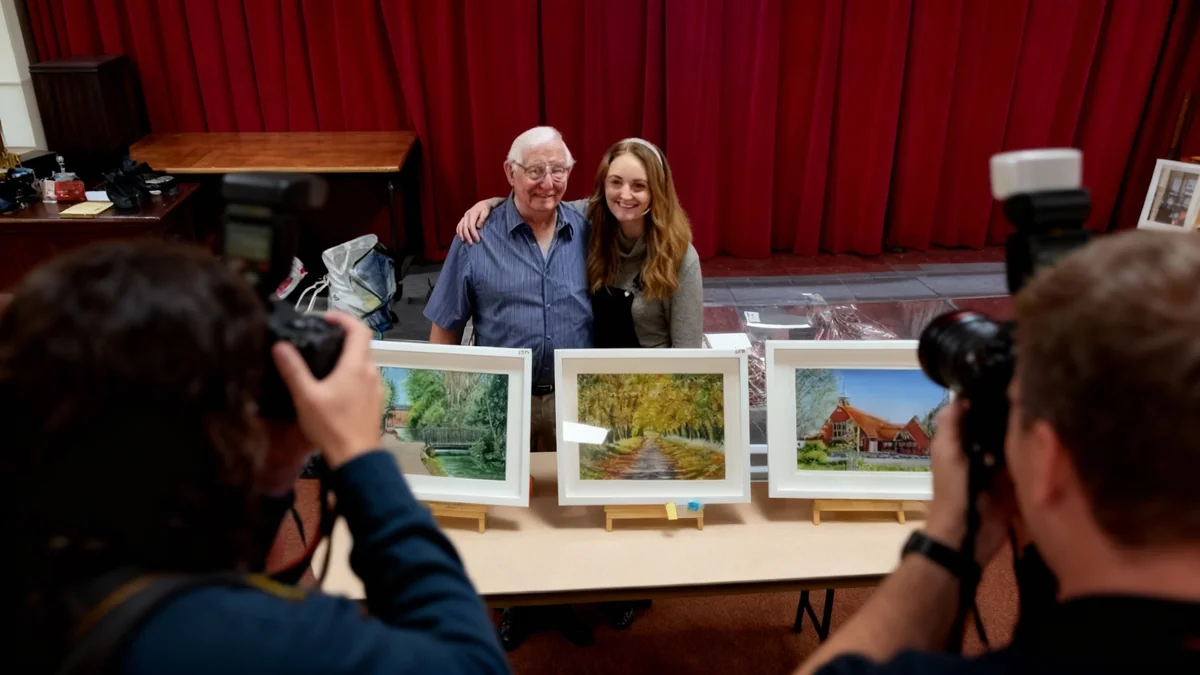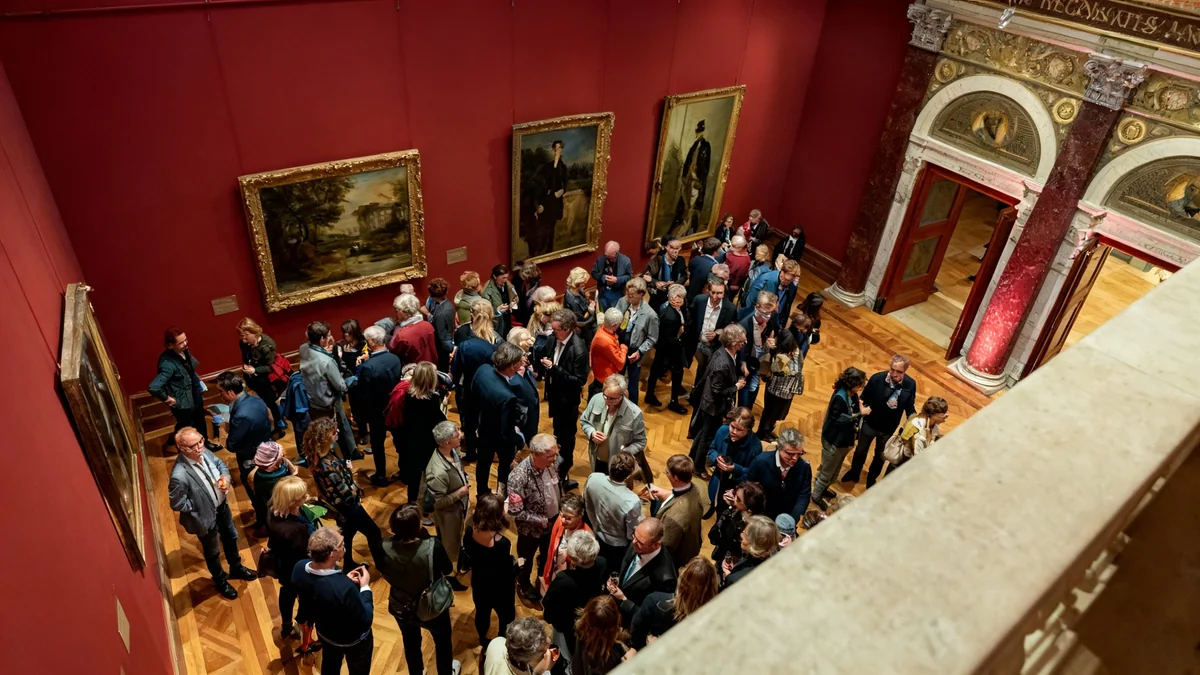Chris Steele-Perkins, a renowned Magnum Photos photographer known for his powerful images of British inner-city life in the 1970s and international human experiences, has died at 78. His passing follows a period of illness with Lewy body dementia. Steele-Perkins's work offered a unique perspective on social challenges and cultural shifts, leaving a significant legacy in documentary photography.
Key Takeaways
- Chris Steele-Perkins, a celebrated Magnum Photos photographer, passed away at 78.
- He was recognized for documenting inner-city life in Britain during the 1970s.
- His first book, The Teds (1979), captured the revival of 1950s teddy boy culture.
- Steele-Perkins became a full Magnum Photos member in 1983 and served as its president from 1995 to 1998.
- His extensive career included projects in Africa, Central and South America, Lebanon, Afghanistan, and Japan.
- He focused on human experience, often from the perspective of the marginalized.
Early Life and Photographic Beginnings
Christopher Horace Steele-Perkins was born on July 28, 1947, in Rangoon, British Burma, now Yangon, Myanmar. His early life was marked by significant change. At age two, his father, Horace, an RAF wing commander, left his Burmese mother, Mary. Chris was then brought to live in Somerset, England.
Growing up mixed-race in Burnham-on-Sea, a predominantly Anglo-Saxon area, presented unique challenges. Steele-Perkins later reflected on this experience. He noted a feeling of apartness that shaped his connection to England.
He attended Christ's Hospital school in Horsham, West Sussex. Later, he studied psychology at Newcastle University. It was there that he began to seriously pursue photography, volunteering for the student newspaper.
Photography Milestones
- 1970: Graduated from Newcastle University.
- 1971: Moved to London to become a freelance photographer.
- 1974: Exhibited photos from Bangladesh at Camerawork Gallery.
Documenting British Society
After moving to London in 1971, Steele-Perkins quickly established himself. He was encouraged by the growing prominence of photo-essays in weekend newspaper supplements. His early work included diverse subjects, from the Jesus Army to candid portraits of mime artist Marcel Marceau.
Between 1973 and 1975, he extensively photographed street life in Brixton, South London, where he resided. He also captured festivals and countercultural events across London. These images often contrasted with scenes of the British establishment, highlighting societal divisions.
A pivotal moment came in 1975 when he joined the Exit Photography Group. This collective aimed to document the difficulties faced by people in Britain's inner cities. Working with Paul Trevor and Nicholas Battye, Steele-Perkins contributed to a four-year project. This effort culminated in the influential book Survival Programmes, published in 1982.
"We made contact with community organisations in search of contacts," Steele-Perkins recalled. "We also did a lot of walking around deprived districts, talking to people in the street, knocking on doors. There was a different relationship that people had to photography then, compared to now. People welcomed us into their homes."
The Teds and The Troubles
In 1979, Steele-Perkins released his first photobook, The Teds. This extended photo essay originated from a commission by New Society magazine. The project documented the resurgence of the 1950s teddy boy subculture. These rebellious youths adopted distinct Edwardian-style clothing and contributed to the emerging concept of teenage identity alongside rock'n'roll music.
His work on the teddy boys often overlapped with other projects. He photographed them in their homes and gathering places across the country. In 1978, his photography for the Exit group in Belfast evolved into a larger series. This work, later published as The Troubles (2021), offered a partisan view of the Catholic community caught in conflict.
"I intended to cover the situation from the standpoint of the underdog, the downtrodden," he stated. "I was not neutral and was not interested in capturing it so."
Magnum Photos Membership
In 1979, the same year The Teds was published, Chris Steele-Perkins became a nominee member of Magnum Photos. This prestigious co-operative agency was co-founded by Henri Cartier-Bresson, one of Steele-Perkins's early influences. He achieved full membership in 1983. Later, he served as the agency's president from 1995 to 1998, demonstrating his leadership and commitment to the photographic community.
Transition to Color and Global Projects
The 1980s marked a shift in Steele-Perkins's approach, including his adoption of color photography. This change coincided with a personal evolution and a changing perspective on Britain. In his 1989 book, The Pleasure Principle, which explored British leisure in the 1980s, he wrote about this transformation.
"Gradually, the alienation – so much part of my childhood – faded," he reflected. "Travel reactivated my buried sense of apartness from England, but not with the old feeling of oppression, for now I had a different perspective. Now there was a sense of almost anthropological detachment, a heightened sense of life’s oddity, and the peculiarly surreal forms it takes in England."
Steele-Perkins's career expanded globally. He undertook assignments across Africa, Central and South America, and Lebanon. He made multiple visits to Afghanistan between 1994 and 1998, resulting in a book in 2000. These projects consistently prioritized the human experience over conventional news events.
Life in Japan and Later Works
In 1984, he married writer Jacqueline de Gier, and they had two sons, Cedric and Cameron. They divorced in 1998. The following year, he married Miyako Yamada, a singer and writer whom he met in Tokyo. This marriage led to long-term projects in Japan, driven by his desire to understand a new cultural environment.
His Japanese work included Fuji (2002), a departure from his usual people-focused photography. This series was inspired by Hokusai’s 19th-century woodblock prints, Thirty-six Views of Mount Fuji. He then produced Tokyo Love Hello (2006), featuring vibrant street scenes. Dividing his time between Japan and his home in East Dulwich, London, Steele-Perkins remained active in photography well into his 70s.
Key Publications
- The Teds (1979)
- Survival Programmes (1982) - with Exit Photography Group
- The Pleasure Principle (1989)
- Fuji (2002)
- Tokyo Love Hello (2006)
- Northern Exposures (2007)
- The New Londoners (2019)
- The Troubles (2021)
- England, My England (2023)
Legacy and Final Projects
Steele-Perkins continued to produce significant bodies of work throughout his later career. In 2001, he completed a commission for the Side Gallery in Newcastle upon Tyne on the Durham coalfields, which resulted in Northern Exposures (2007). In 2008, he received an Arts Council grant for a series on home carers.
One of his most ambitious later projects was The New Londoners. This involved photographing 164 families, including his own, who collectively hailed from 187 countries. The project culminated in a book published in 2019, celebrating London's multicultural diversity.
His final years saw the publication of several retrospective works. These included books on his work in Afghanistan, Belfast, and north-east England. His career-spanning compendium, England, My England (2023), showcased his photographs of his homeland taken throughout his working life.
Chris Steele-Perkins is survived by his wife Miyako, his stepson Daisuke, and his sons Cedric and Cameron. His extensive body of work continues to be a vital record of human experience, social change, and cultural identity across the globe.




